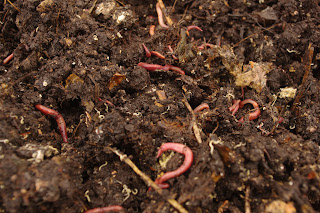Another hard frost this morning...
Plants that come into flower at this time of year are hardy enough to take it, even these seemingly delicate Crocuses.
The wintry morning sun played across the garden and slowly the thaw began.
The ability of plants to deal with adverse conditions never ceases to amaze me. This Hellebore was covered in frost with leaves drooping and head bowed.
After a few hours of cold sun it perked up again. I should qualify the term adverse; plants are hardy in their native habitat and genetically programmed to survive a range of fluctuations (and in fact thrive on them).
As I wandered round the garden the local robin appeared and settled right next to me. I sensed I was being asked to rustle up some breakfast and obliged with a sprinkling of sunflower seeds.









































